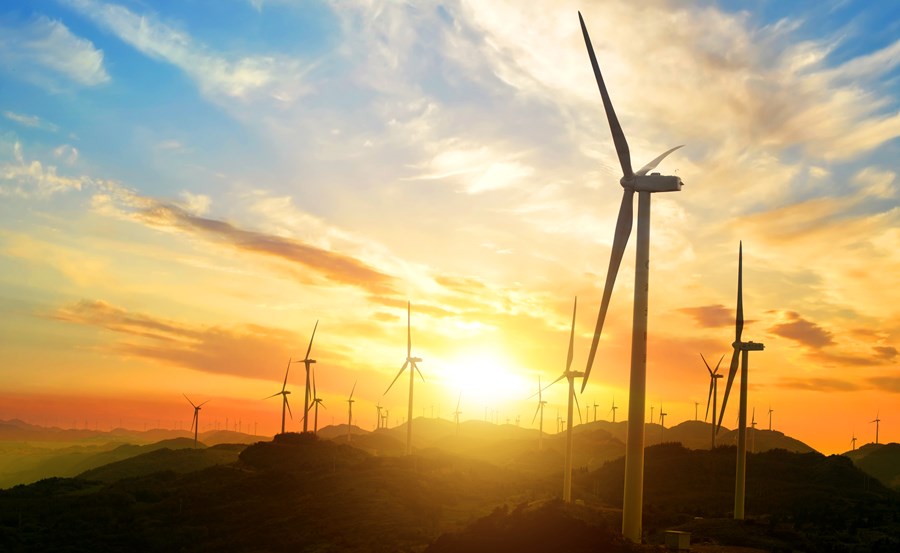More than just energy recovery
As a standard rule, the lifetime of a wind farm is around 20 to 25 years, even though some wind turbines can produce clean energy for up to 35 years, e. g. by upgrading some of the components. This means that nowadays some wind turbines are dismantled, and the components prepared for creating further value – be it by reusing the parts, recycling of components and materials, or recovering energy. 85 to 90% of a wind turbine’s total mass can be recycled. Most components of a wind turbine – the foundation, tower, and nacelle components – are treated according to established recycling practices.
Energy recovery is often applied to the Rotor blades, as they are made of composite materials. This is usually done through what is known as thermal recycling. For decommissioned blades that cannot be reused or repurposed, the recovery through cement co-processing is a valuable way of saving resources: Glass fibers and fillers (approximately 70% of the composite’s weight) are used as raw materials for cement. It helps saving resources by replacing virgin raw materials in its oxide form. The resin matrix (30% of composite’s weight) is used as fuel, replacing normal fuel to generate heat, generating a high energy conversion efficiency. This leads to reducing the energy and CO2 emissions in the cement clinker manufacturing process, while replacing mined raw materials. Making this way of recycling a useful and efficient way to get the most out of the materials, that have already done their part for decades in producing clean energy. And there is so much more potential in it, as many other composites applications, such as glas-fibre composite boats, are ready to apply similar systems.
